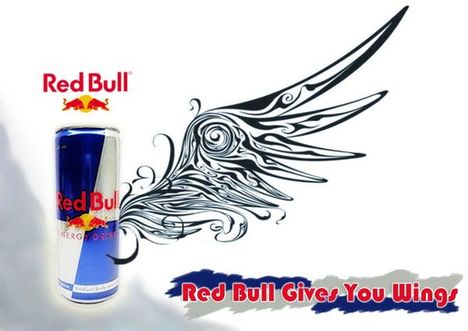Wow. That’s pretty much all I can say about the second semester. It feels this way every time a semester ends. You just don’t realize how much time has passed by until you actually stop to think about it. From the beginning of Comm 296 where I had minimal interest in marketing to the end of Comm 296 where I’ve developed an interest so strong I’ve decided to take marketing as my second option.

This course also gave me an invaluable experience, the marketing plan group assignment. To be honest, ever since coming to University, I’ve found it quite difficult to both meet new people and retain contact with them after the semester is over. The marketing plan assignment gave me an opportunity to meet great people. Of course, the marketing plan was our first priority but because of the opportunity that were given to us to meet we were able to become great friends. Most of the time, after our 6 hour meetings on Sundays, we would go out and enjoy a meal together to commemorate our hard work for the day.
As for how we worked together, quite frankly we weren’t very efficient in getting work done. We would meet up and collaborate on the task at hand but we were not very efficient in splitting up the work. Aside from that however, we worked great as a team. We had very great discussions about the issue at hand, and we respected everyone’s opinion. Furthermore, everyone gave their all in completing this project and as a result, we became not only great team mates but great friends as well.

Overall, this opportunity to analyze Zara and create a marketing plan according to it’s pre-existing marketing mix gave me a valuable experience. Not only did it let me meet fellow Sauder comrades but it gave me an opportunity to indulge in marketing, and develop a sense of direction in my future career towards the marketing field






